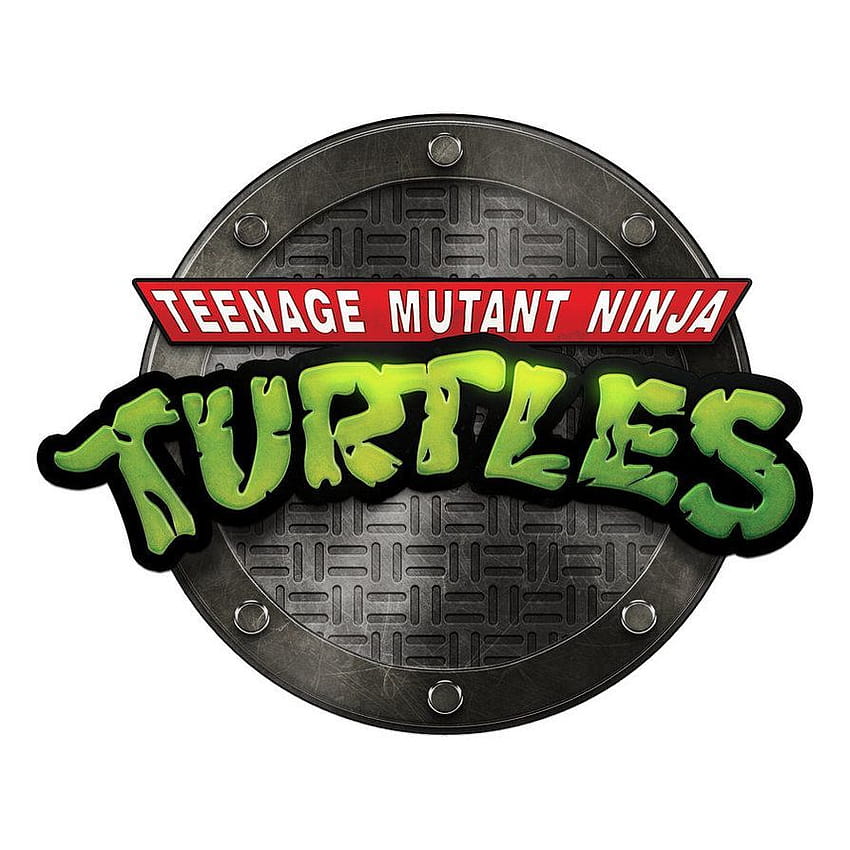 The latest Teenage Mutant Ninja Turtles movie breathes new life into a children’s franchise that might have been considered long past its sell-by date.
The latest Teenage Mutant Ninja Turtles movie breathes new life into a children’s franchise that might have been considered long past its sell-by date.
Astonishingly, it’s now forty years since the Teenage Mutant Ninja Turtles were first spawned, in a conversation between their creators Kevin Eastman and Peter Laird in their shared apartment in Dover, New Hampshire. The following year, they developed the characters into a comic book, intended partly as a parody of some of the superhero comics of the time. The Turtles have gone on to become one of the longest-running and most successful franchises in the world of children’s media; and the release of a new animated movie in 2023 would seem to confirm this.
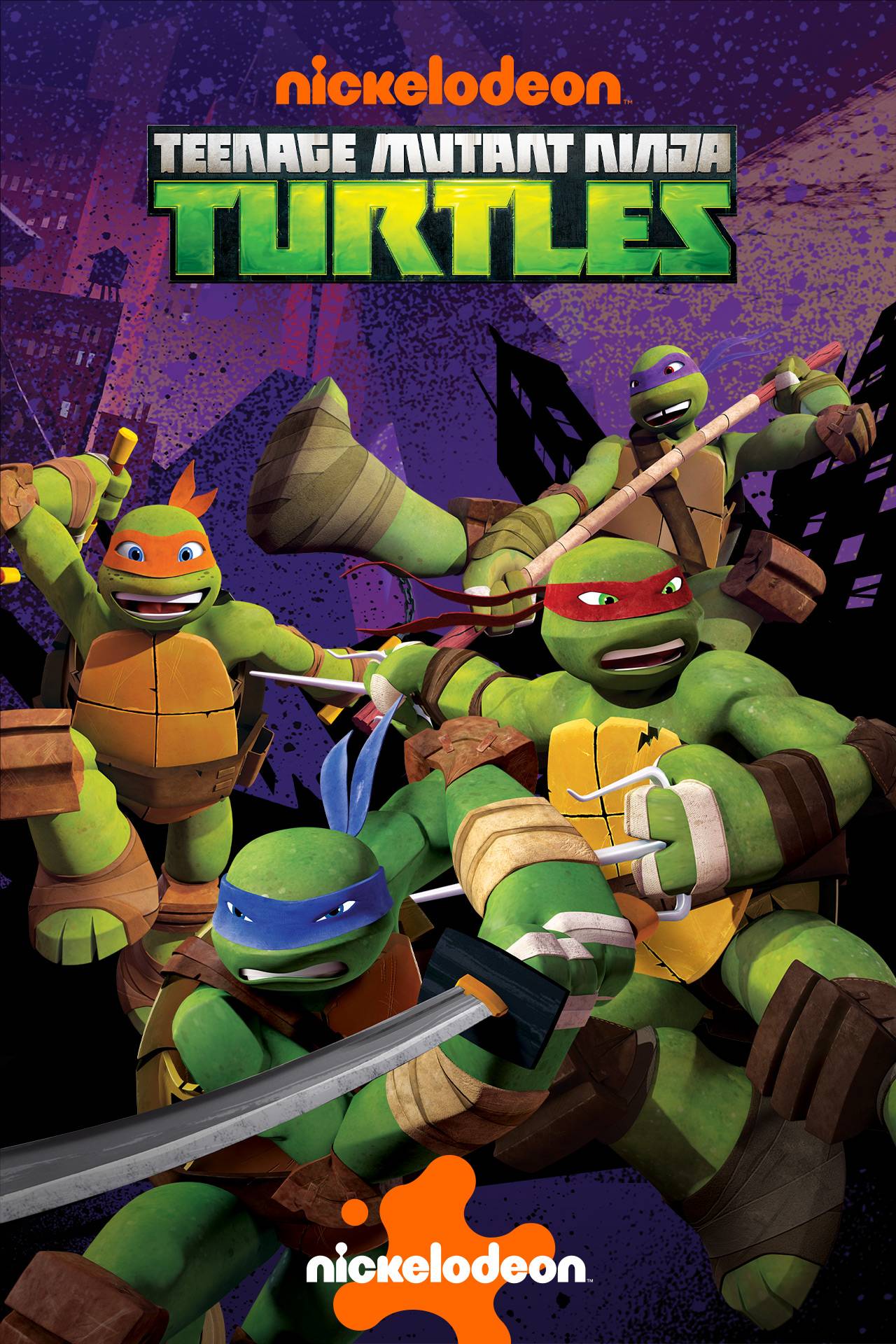 In her book Playing with Power, published back in 1991 (and available free here), Marsha Kinder identifies TMNT as a paradigm example of what she calls a ‘transmedia supersystem’. While the story began as a comic, and subsequently as a table-top role-playing game, it was quickly picked up for an animated TV series, and then for video games (on consoles and in arcades), stage musicals, theme park attractions, and both live-action and animated feature films. The comic has survived in various iterations ever since; there have been five separate television series; and the latest movie is the seventh to date. And of course, these different media versions have been accompanied by a massive range of merchandising: toys, food, clothing, bags, and ‘collectables’ of many kinds. It is estimated that, within the first decade of its existence, the franchise had already generated revenue of $6 billion (equivalent to $12 billion today), just from merchandise.
In her book Playing with Power, published back in 1991 (and available free here), Marsha Kinder identifies TMNT as a paradigm example of what she calls a ‘transmedia supersystem’. While the story began as a comic, and subsequently as a table-top role-playing game, it was quickly picked up for an animated TV series, and then for video games (on consoles and in arcades), stage musicals, theme park attractions, and both live-action and animated feature films. The comic has survived in various iterations ever since; there have been five separate television series; and the latest movie is the seventh to date. And of course, these different media versions have been accompanied by a massive range of merchandising: toys, food, clothing, bags, and ‘collectables’ of many kinds. It is estimated that, within the first decade of its existence, the franchise had already generated revenue of $6 billion (equivalent to $12 billion today), just from merchandise.
While the origins of this ‘supersystem’ phenomenon can be traced back to Star Wars, and before that to Disney, it really took off with the animated children’s cartoons of the 1970s and 1980s. Most critics condemned these shows as ‘programme-length toy commercials’, which they partly were; but this doesn’t get far in explaining why such franchises might offer enduring appeal for audiences – and indeed, why some do not.
Kinder argues that successful franchises of this kind are not monolithic or homogeneous. On the contrary, elements like visual design, storylines and characterisation typically mutate across different iterations, not least in seeking to appeal to different audiences. They form an intertextual web that is constantly expanding, and can be entered and explored from many different points; and that process is often enhanced by an active fan culture. It’s not so much a matter of an original that is ‘rebooted’, but of an evolving multi-media fictional world: new generations of readers and viewers need to be found, but older ones can also be retained and recovered.
 Interestingly, however, the origins of TMNT lie not in mass-produced commercial culture, but in underground comics. The self-financed print run of the first Turtles comic was just 3000 copies; and while Eastman and Laird subsequently signed up with a toy company (the Hong Kong firm Playmates), the characters were not invented by Mattel or Hasbro, like many of the other successful franchises of the period. Interestingly, they bargained to retain a degree of creative and copyright control; although Laird subsequently bought out his partner, and eventually sold the franchise to Nickelodeon (then part of Viacom) for $60m in 2009.
Interestingly, however, the origins of TMNT lie not in mass-produced commercial culture, but in underground comics. The self-financed print run of the first Turtles comic was just 3000 copies; and while Eastman and Laird subsequently signed up with a toy company (the Hong Kong firm Playmates), the characters were not invented by Mattel or Hasbro, like many of the other successful franchises of the period. Interestingly, they bargained to retain a degree of creative and copyright control; although Laird subsequently bought out his partner, and eventually sold the franchise to Nickelodeon (then part of Viacom) for $60m in 2009.
Richard Rosenbaum’s comprehensive book on the Turtles traces the authors’ influences in some of the more subversive comic artists and writers that preceded them, including Frank Miller and Alan Moore – an approach that shifted a little closer to the mainstream with the ‘darker’ versions of Batman that began to appear in the 1980s. Arguably, some of this was blunted by the cuteness of the first television animation (which began in 1987, and ran for ten years): there was less violence and more humour, the colours were brighter and bolder, and some of the complexities of the story were ironed out. Nevertheless, Rosenbaum rightly points out that the first live action film (in 1990) represented an interesting compromise in this respect; and as I’ll suggest, some of that more edgy comic book style reappears quite strongly in the latest animated movie.
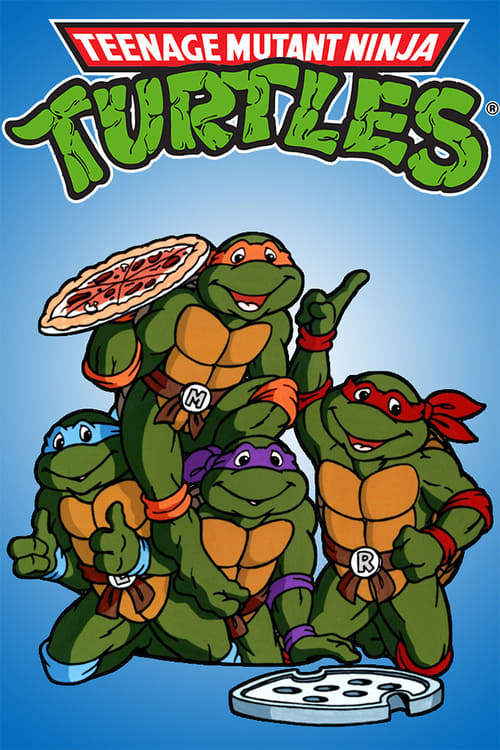 These mutations are partly about changing audiences: the key shift in this respect was from an adult (or perhaps young-adult) comic to a children’s TV series. (Interestingly, the series was retitled in the UK Teenage Mutant Hero Turtles, as was the first movie – and cuts were made to accommodate the Head of the British Board of Film Classification, James Ferman, who had a particular sensitivity to the use of nunchucks.) However, the TV series went on to spawn a different comic, which was initially aimed at children but became steadily darker and more ‘adult’ over time. These changes are thus not so much a matter of watering down an original, or indeed of ‘selling out’, but of overlapping and ever-extending story worlds.
These mutations are partly about changing audiences: the key shift in this respect was from an adult (or perhaps young-adult) comic to a children’s TV series. (Interestingly, the series was retitled in the UK Teenage Mutant Hero Turtles, as was the first movie – and cuts were made to accommodate the Head of the British Board of Film Classification, James Ferman, who had a particular sensitivity to the use of nunchucks.) However, the TV series went on to spawn a different comic, which was initially aimed at children but became steadily darker and more ‘adult’ over time. These changes are thus not so much a matter of watering down an original, or indeed of ‘selling out’, but of overlapping and ever-extending story worlds.
As such, TMNT is an unstable cultural hybrid, which conforms well to textbook definitions of postmodernism. The Turtles themselves are named after Renaissance artists, and bear the muscly physique and crime-fighting skills of classic cross-species superheroes. Yet there are elements of science fiction (the primary villain Shredder is a kind of Darth Vader figure), gritty urban realism (the New York of Taxi Driver), and Japanese martial arts movies and manga; as well as references to other cultural forms (two of Shredder’s sidekicks are called Rocksteady and Bebop) and copious use of surfer/skateboarder slang. It’s hard to tell what is homage from what is parody or pastiche.
One key element that carries over from the original comics is a kind of moral ambiguity. The Turtles are essentially vigilante crime-fighters: they are on the side of good, but they are reviled by the mainstream humans they seek to rescue and protect (with the exception of their journalist friend April O’Neil). They are social outcasts who have mutated into teenager-sized form through being exposed to some kind of poisonous radioactive ‘ooze’. They are not clean-cut WASP-ish good guys but reptiles, and their adopted father, Splinter, is a mutant Japanese rat. They live in the New York sewers, fight in alleys, and drink in dive bars. While they obey Splinter’s authority, and follow his rigorous ninja moral code, they are decidedly counter-cultural heroes.
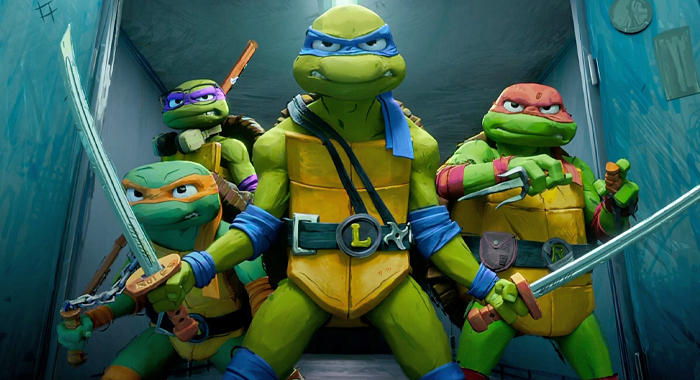 As critics like Marsha Kinder and Cathy Urwin have suggested, there are also some deeper psychological themes at stake here. The Turtles exist in the subterranean nether world of puberty: they are neither human nor non-human, but freaks of nature who are excluded and misunderstood. Their New York City is a dystopia of crime and decay; and their very existence is down to a kind of environmental accident. As Urwin argues, play with the Turtles may provide a means of managing the psychological anxieties that are precipitated by contemporary social change, and especially by a world in which science and technology have run out of control. Yet it may also speak to more fundamental fears about abandonment and separation, and uncertainty about the future. According to Kinder, this may particularly reflect masculine anxieties: one of the key drivers of the narrative is the wish for boys to be reunited with their fathers (mothers are entirely absent) – and yet masculinity itself is also seen as a kind of compensatory ‘masquerade’.
As critics like Marsha Kinder and Cathy Urwin have suggested, there are also some deeper psychological themes at stake here. The Turtles exist in the subterranean nether world of puberty: they are neither human nor non-human, but freaks of nature who are excluded and misunderstood. Their New York City is a dystopia of crime and decay; and their very existence is down to a kind of environmental accident. As Urwin argues, play with the Turtles may provide a means of managing the psychological anxieties that are precipitated by contemporary social change, and especially by a world in which science and technology have run out of control. Yet it may also speak to more fundamental fears about abandonment and separation, and uncertainty about the future. According to Kinder, this may particularly reflect masculine anxieties: one of the key drivers of the narrative is the wish for boys to be reunited with their fathers (mothers are entirely absent) – and yet masculinity itself is also seen as a kind of compensatory ‘masquerade’.
Psychoanalysing cartoon turtles is perhaps misleading; and however dark and disturbing the stories may become, it’s worth emphasising that they remain largely upbeat and (especially) humorous. The Turtles are only drawn into fighting crime against their will: they would much rather have stayed home eating pizza, drinking sodas and playing video games. They are almost entirely without guile or cynicism.
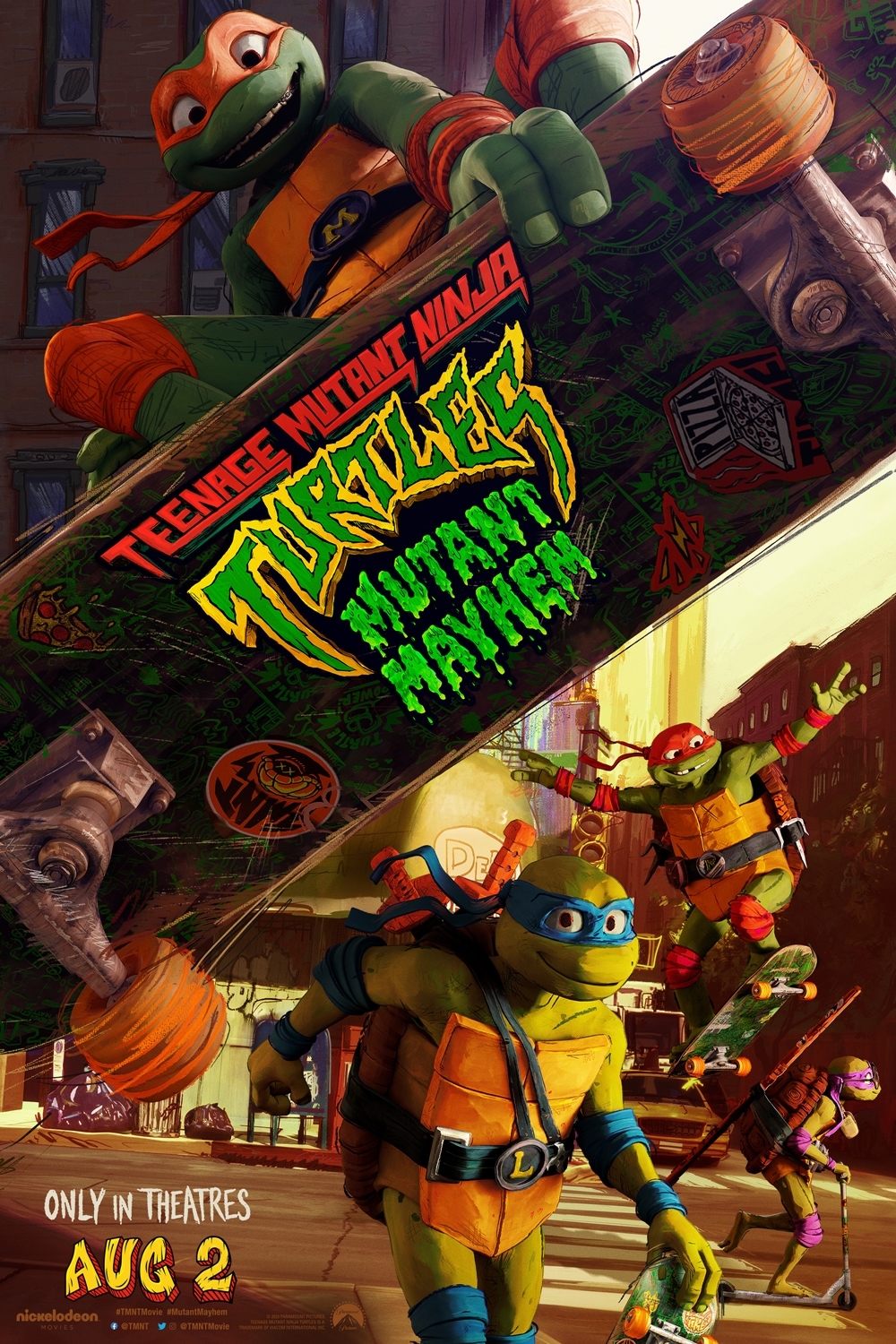 Four decades later, the latest TMNT movie, Mutant Mayhem, has just been released in the UK. (There were very few of us in Screen 11 of London’s Wood Green Cineworld at 10.00 on Monday morning, and I was almost certainly the only one taking notes.) The film is a full-length computer-animated feature directed by Jeff Rowe. Like PAW Patrol: The Movie, which I wrote about last week, it is produced by one of the leading companies in the children’s market, Nickelodeon, and distributed worldwide by Paramount. Predictably, the film has been accompanied by a plethora of merchandise, including action toys and Roblox video games, as well as a promotional campaign by Pizza Hut and adult leisurewear by Primark!
Four decades later, the latest TMNT movie, Mutant Mayhem, has just been released in the UK. (There were very few of us in Screen 11 of London’s Wood Green Cineworld at 10.00 on Monday morning, and I was almost certainly the only one taking notes.) The film is a full-length computer-animated feature directed by Jeff Rowe. Like PAW Patrol: The Movie, which I wrote about last week, it is produced by one of the leading companies in the children’s market, Nickelodeon, and distributed worldwide by Paramount. Predictably, the film has been accompanied by a plethora of merchandise, including action toys and Roblox video games, as well as a promotional campaign by Pizza Hut and adult leisurewear by Primark!
However, Mutant Mayhem is much more of a teen film than a children’s film. The Canadian ‘alternative’ comedian Seth Rogen (known for movies like Superbad, The 40-Year-Old Virgin and Knocked Up) played a leading role as one of the scriptwriters and producers, and the Turtle characters are voiced by teenage actors. The Turtles are misfits who engage in the typical teenage pursuits of American males, and there is much rapid-fire banter of the kind familiar from teen movies of the past several decades (think Wayne’s World, American Pie, and the origin of all this, Fast Times at Ridgemont High). At one point, they even sneak out of their underground lair to watch a screening of Ferris Bueller’s Day Off.
Beyond this, the film makes copious ironic and knowing references to popular culture of the past and present, as well as satirising several contemporary Hollywood stars. It also ‘quotes’ various live-action media sources, disrupting the animation. For viewers of a more ancient vintage, there is pleasure to be found in a soundtrack that includes oldies by De La Soul and A Tribe Called Quest, alongside original music by Trent Reznor and Atticus Ross (Soul, The Social Network and Mank). The prime baddie, Superfly, is voiced by the rapper Ice Cube, while the voice of Splinter is the cult martial arts star Jackie Chan.
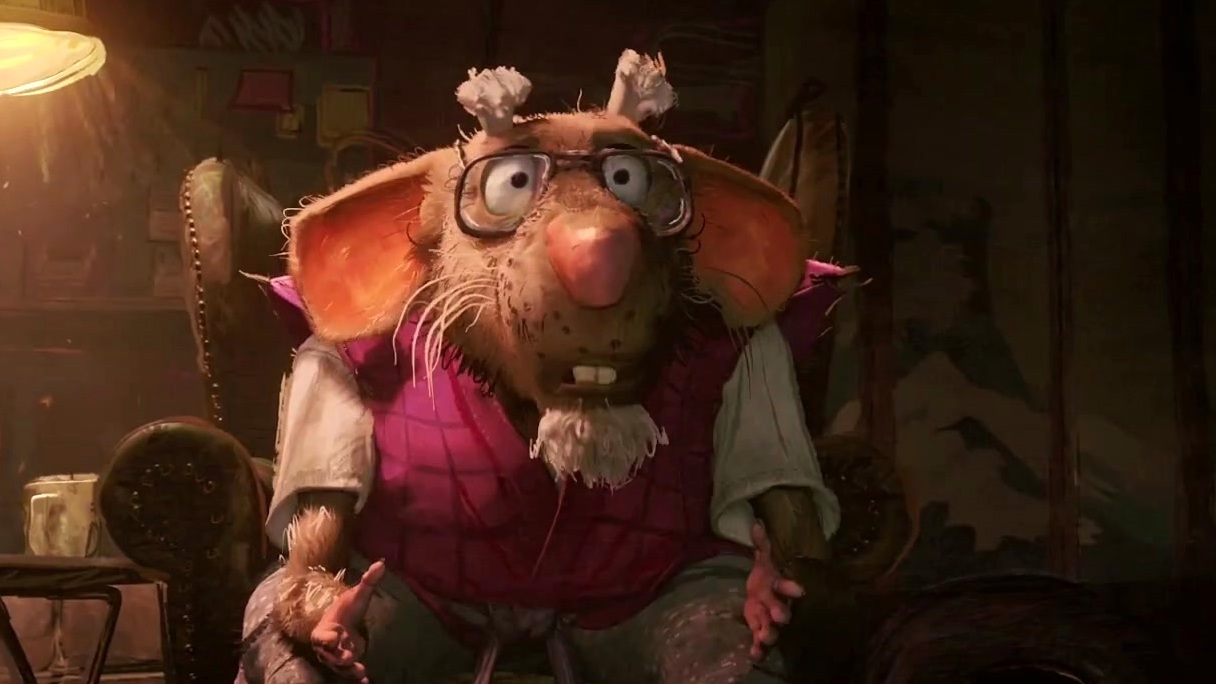 On one level, the film is a coming-of-age story. In common with the bad mutants with whom they do battle, the Turtles aspire to be accepted by humans. Their father Splinter, recalling his own rejection by humans, has kept them confined in the sewers, but they are increasingly eluding his control. The Turtles dream wistfully of being ‘normal’ teenagers: they strive to become heroes (and to save the world) in order to do so – and eventually succeed. And yet, in common with some of the other teen movies I’ve mentioned, Mutant Mayhem satirises the rather sanctimonious imperatives of such coming-of-age stories. For the most part, any Meaningful Moments, in which characters deliver moralistic words of wisdom, are instantly deflated.
On one level, the film is a coming-of-age story. In common with the bad mutants with whom they do battle, the Turtles aspire to be accepted by humans. Their father Splinter, recalling his own rejection by humans, has kept them confined in the sewers, but they are increasingly eluding his control. The Turtles dream wistfully of being ‘normal’ teenagers: they strive to become heroes (and to save the world) in order to do so – and eventually succeed. And yet, in common with some of the other teen movies I’ve mentioned, Mutant Mayhem satirises the rather sanctimonious imperatives of such coming-of-age stories. For the most part, any Meaningful Moments, in which characters deliver moralistic words of wisdom, are instantly deflated.
Mutant Mayhem is a further re-telling of the ‘origin myth’ of the Turtles, with some added twists; and in this respect, it probably has a good deal of material that will engage dedicated fans. In keeping with this, the sketchy style of animation is very much drawn from the ‘underground’ comics in which the stories began: it has none of the slick, mass-produced finish of mainstream CGI animation. Of course, there is a good deal of hyperactive fighting, chasing and crashing about. The Turtles are predictably testosterone-driven male adolescents, although it’s worth noting that the April O’Neil character plays a more prominent role as a student journalist, and is probably African-American. There is a happy ending – the mutants and the humans collaborate to save the world from catastrophe, the Turtles are accepted and go to high school, and Splinter even finds a (suitably grotesque) love interest – but for the most part, the film is too hip and ironic, and much too funny, to be merely corny.
Over the years, critics have expressed doubts about whether the Turtles will have the longevity of much earlier superheroes: Batman, for example, dates back to 1939. However, the evidence so far suggests otherwise. Nostalgia may be part of the story here – although (as in the case of Barbie), it’s debatable how far this applies to a franchise that has never really gone away. As Richard Rosenbaum suggests, achieving longevity requires more than trading on nostalgia. Each new iteration of the franchise in different media needs to align with the previous ones, to some extent at least; but it also needs to provide something fresh and distinctive for new audiences. The latest TMNT film certainly does this, and is far from being a routine remake of previous versions.
References
Marsha Kinder (1991) Playing with Power in Movies, Television and Video Games Los Angeles: University of California Press
Richard Rosenbaum (2014) Raise Some Shell: Teenage Mutant Ninja Turtles Toronto: ECW Press [recommended for its judicious mix of fandom and critical insight]
Cathy Urwin (1995) ‘Turtle power: illusion and imagination in children’s play’ in Cary Bazalgette and David Buckingham (eds.) In Front of the Children: Screen Entertainment and Young Audiences London: British Film Institute
